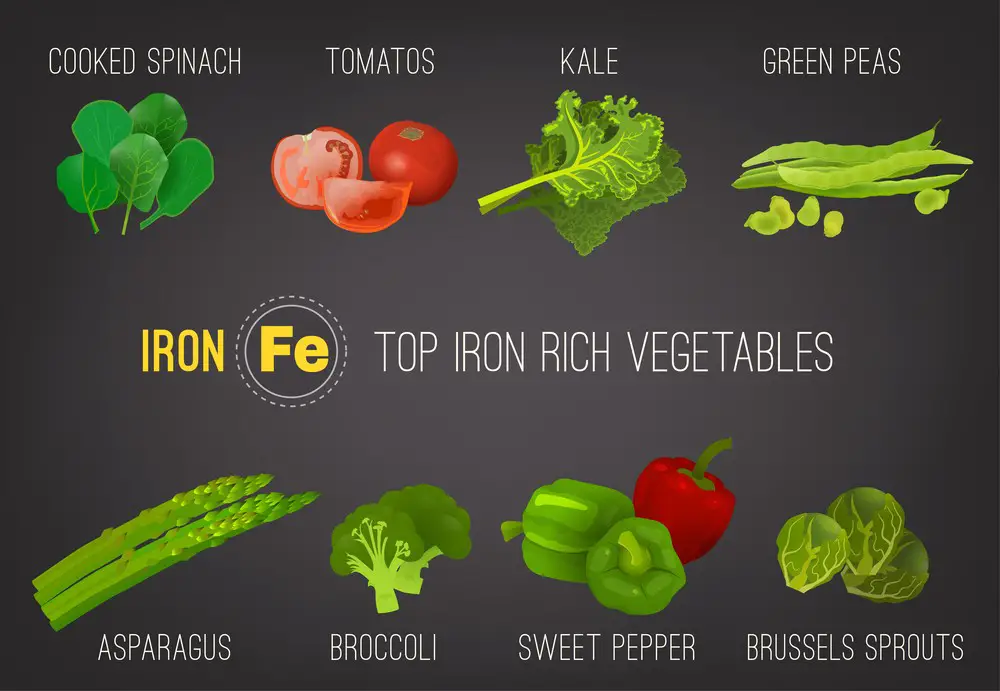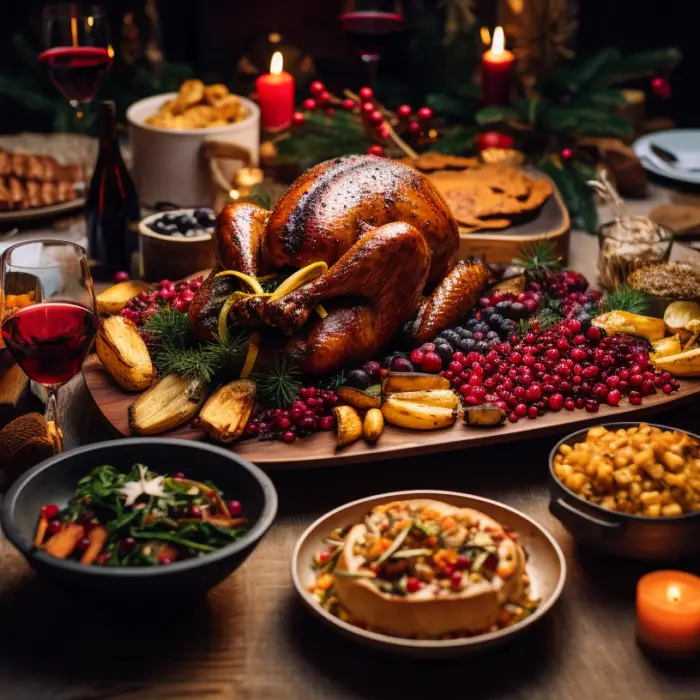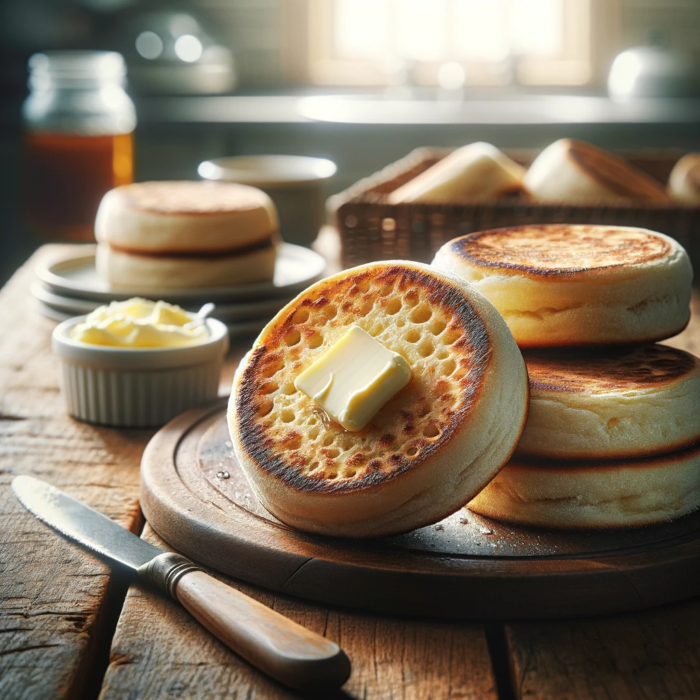Iron is essential for human growth and development since the body uses it to make hemoglobin. The body also needs iron for certain hormones and cellular functions.
Foods contain two categories of iron, known as heme and non-heme. The former is animal-derived, and the latter is plant-derived.
Most people on a plant-based diet, for example, vegans and vegetarians, have low dietary iron absorption because plant-based diets contain non-heme iron with low absorption levels. It is usually less than 10% compared to heme iron’s absorption, which can reach between 15 and 35%.
What is the recommended daily iron intake?
The amount of iron you need hinges on your age and whether you are male or female. According to the National Institutes of Health, men from 19 years and up need 8 mg. Women need 18 mg between the ages of 19 and 50 but will need to increase to 27 mg when pregnant.
Iron deficiencies can harm your health, and the best way to increase your iron intake is through your daily diet.
Why do you need iron?
The body cannot function properly without iron. So when you aren’t getting enough iron, it leads to an iron deficiency. On the other hand, an excess of iron can cause iron poisoning.
Iron is the essential component of hemoglobin, the red blood cells that carry oxygen from the lungs to the rest of the body. It is also a component of myoglobin, a protein that carries oxygen to the muscles.
Iron deficiencies lead to poor pregnancy outcomes, fatigue, decreased productivity, and infection vulnerability.
You can take a supplement when the mineral is unavailable in dietary sources, for example, because of a vegan diet. However, several foods are rich enough in non-heme iron to ensure you don’t need a supplement.
The most crucial body functions supported by iron include:
Blood Production – Hemoglobin (red blood cells)contains iron. Its job is to carry oxygen from the lungs to all the vital body tissues. The correct iron levels contribute to heart health, improved immunity, and proper respiratory functions.
Physical Health – Muscles receive the oxygen supply through myoglobin required to help them during physical activities. An adequate supply of iron can help maintain your strength and good physical health.
Mental Health – Research has shown that iron deficiencies can lead to cognitive and behavioral changes, including attention, memory, and learning impairments. Iron deficiency anemia leads to a more significant risk of mental disorders like anxiety and depression.
What are the main symptoms of anemia?
Iron deficiency is known as anemia, and some of the most common symptoms include:
- Fatigue and weakness
- Pale or yellowish skin tone
- Shortness of breath
- Dizziness or lightheadedness
- Headaches
- Chest pain
- Cold hands and feet
Does excessive iron intake also affect health?
Excessive iron intake above 20 mg daily can contribute to oxidative stress and inflammation, leading to mental health disorders. Other side effects include a general feeling of being sick or feeling unwell, stomach pain, and constipation.
Keep iron supplements out of children’s reach. Very high doses can prove fatal to them.
Which plant-based foods contain high iron levels?
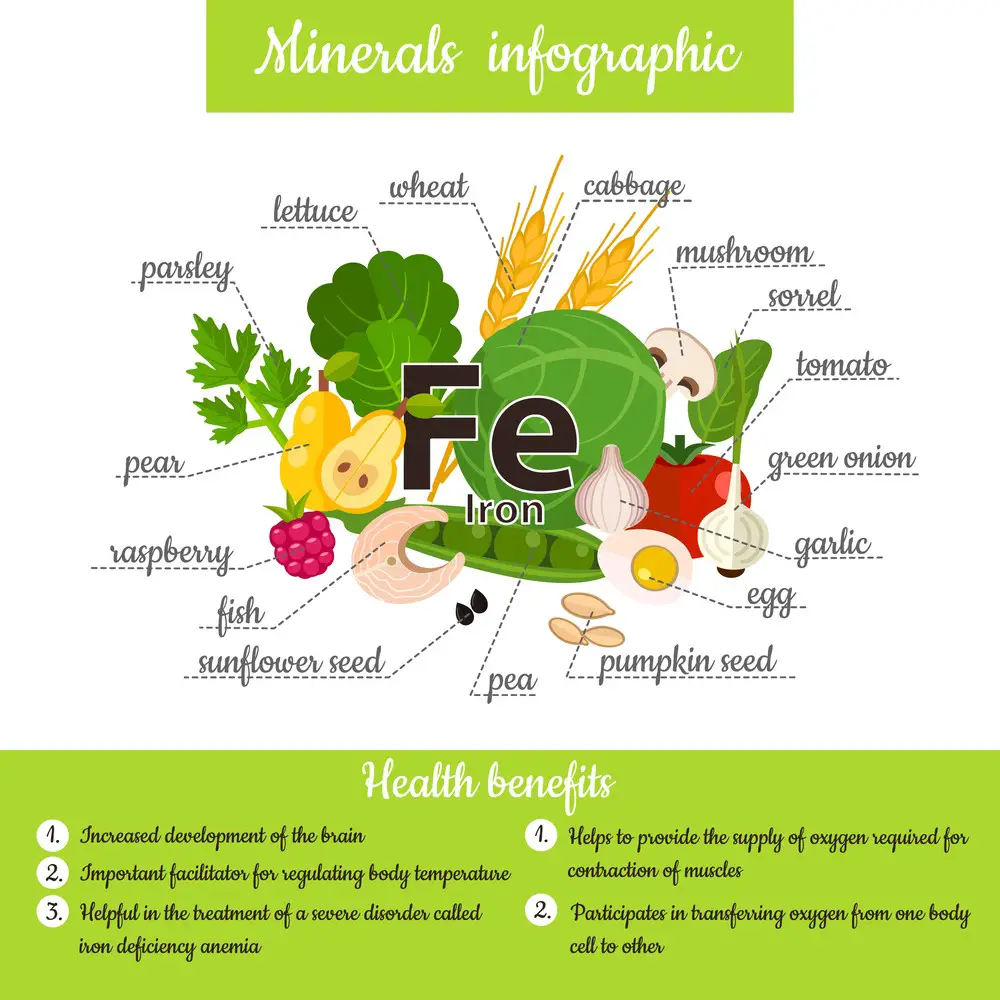
Vegans are more likely to develop anemia than meat eaters. The main reason for this is not because their diet is missing iron but the lower absorption levels of non-heme iron. A vegan can consume the right amount of iron in a diet with sufficient iron and vitamin C intake, which improves non-heme iron absorption.
These are the best plant-based sources of iron to help boost your iron intake:
Blackstrap molasses – Only two tablespoons contain 7.2 mg of non-heme iron. That is almost the total daily requirement for an adult male and is the best iron source for vegans. One precaution, molasses contains high sugar levels, so don’t overdo it.
Lentils – One cup of any lentil variety contains 6.6 mg of iron. However, lentils are also a good fiber, potassium, folate, and vitamin B.
Tofu/Tempeh – These two soy-based products are a popular source of protein in vegan and vegetarian diets. Tofu has the highest iron content of 6.6 mg for a half-cup serving. One cup of tempeh contains 4.5 mg. Tempeh is also a rich source of probiotics.
Spinach – Including one cup of cooked spinach in your meals provides 6.4 mg of iron. You can also include raw spinach in salads or smoothies for an iron boost.
Beans – Another great source of iron is beans. Kidney beans pack the most iron at 5.2 mg per cup. Soybeans and lima beans also have a high iron content, each containing 4.5 mg per cup.
Swiss chard – This green leafy vegetable contains 4 mg of iron per cup. It is also high in vitamins and minerals. Swiss chard does have a bitter taste when raw, so steam or sauté it if you prefer. A bonus of including chard in your diet is that it has high levels of vitamin C, encouraging better iron absorption.
Other foods high in non-heme iron per serving include:
- Wholemeal bread, cereals, pasta, quinoa, and oatmeal
- Avocado
- Asparagus and green beans
- Baked potato
- Avocado
- Nuts
- Dried apricots, raisins, and dates.
How to improve your body’s ability to absorb iron?
Vitamin C enhances your body’s ability to absorb iron. Therefore, pairing iron-rich plant foods with those high in vitamin C will provide you with the ideal combination.
Include the following foods into your diet:
- Citrus
- Broccoli
- Red or green bell pepper
- Kiwi fruit, strawberries, tomatoes, cantaloupe, and papaya
What other ways can you use to improve iron intake and absorption?
- Use iron cookware, especially when cooking acidic foods, because these pots transmit iron to the food.
- Avoid or limit inhibitory foods such as coffee, tea, and soda. If you must have tea or coffee, drink these between meals. Foods high in dairy products, calcium supplements, foods high in dietary fiber, and alcohol also hinder the body’s ability to absorb iron.
- If you belong to a high-risk group and can’t get enough iron from your diet, your doctor will recommend oral iron supplementation.
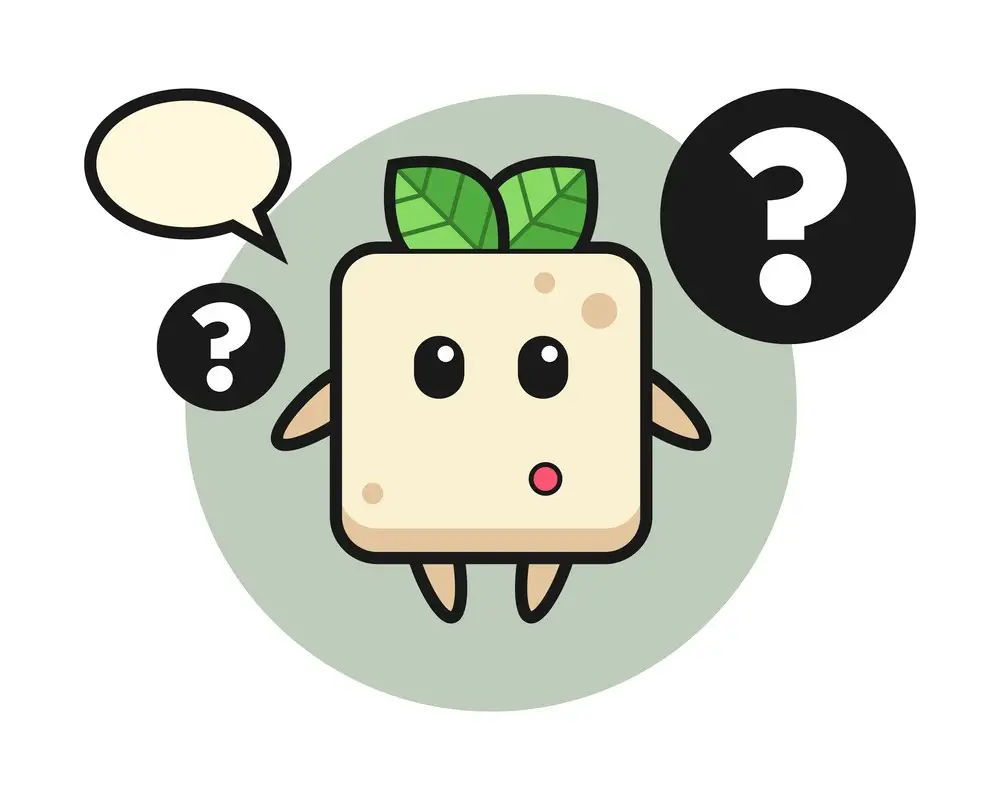
What are the symptoms of iron deficiency?
The most common symptom of iron deficiency is anemia, which causes fatigue, paleness, and shortness of breath. Other side effects include a general feeling of being sick or unwell, stomach pain, and constipation.
Which plant-based foods are the best sources of iron?
The best plant-based sources of iron include blackstrap molasses, lentils, tofu/tempeh, spinach, beans, and Swiss chard.
What other ways can I improve my iron intake and absorption?
You can use iron cookware when cooking acidic foods to transfer more iron into your food. You must also limit or avoid inhibitory foods such as coffee, tea and soda. Taking a vitamin C supplement or including vitamin C-rich foods in your diet will also help boost iron absorption. If you still don’t get enough from your diet, speak to your doctor about taking an oral iron supplementation.
How can I find out if I am iron deficient?
If you suspect that you may be iron deficient, it is best to contact your doctor. They will perform a simple blood test to determine your levels and advise you on the next steps. You should also start consuming more iron-rich foods and take vitamin C supplements if necessary.
Can too much iron be harmful?
Yes, having too much iron in your body can cause adverse side effects such as nausea, vomiting, abdominal pain, and fatigue. Speak to your doctor to ensure your levels are within the normal range before taking any supplements or increasing your consumption of high-iron foods.

